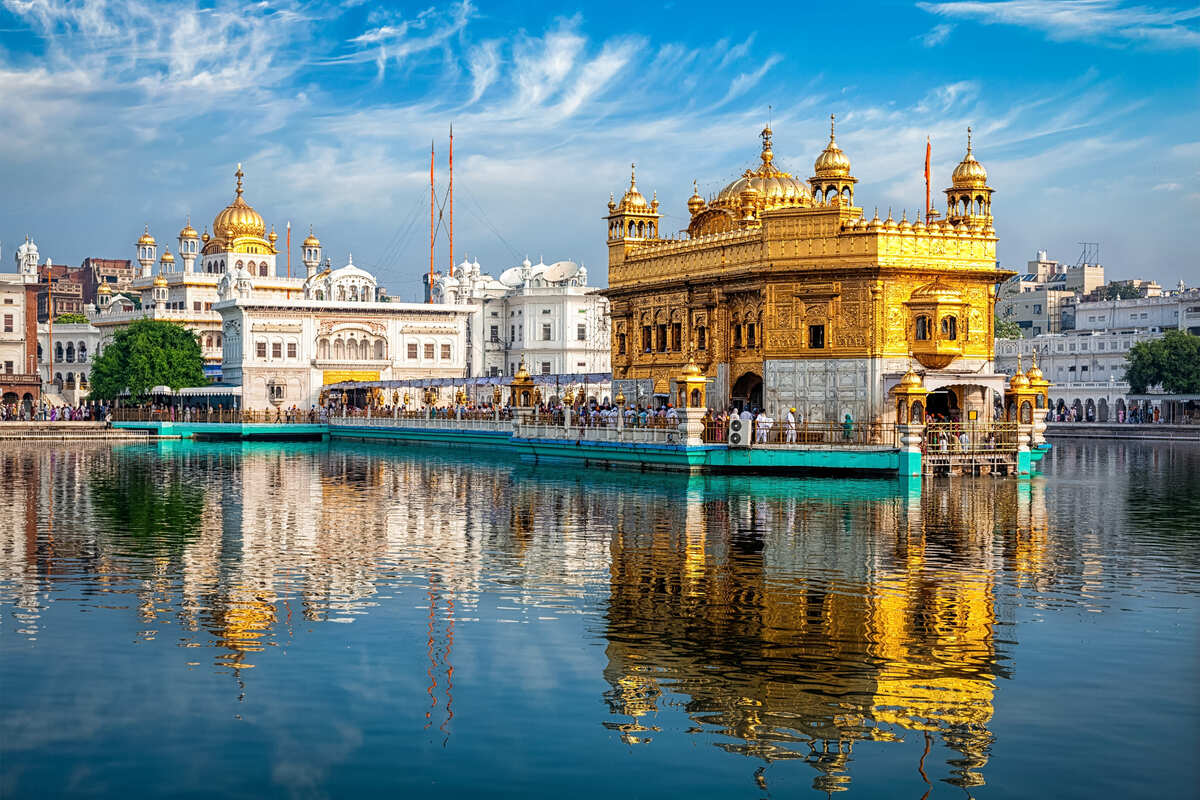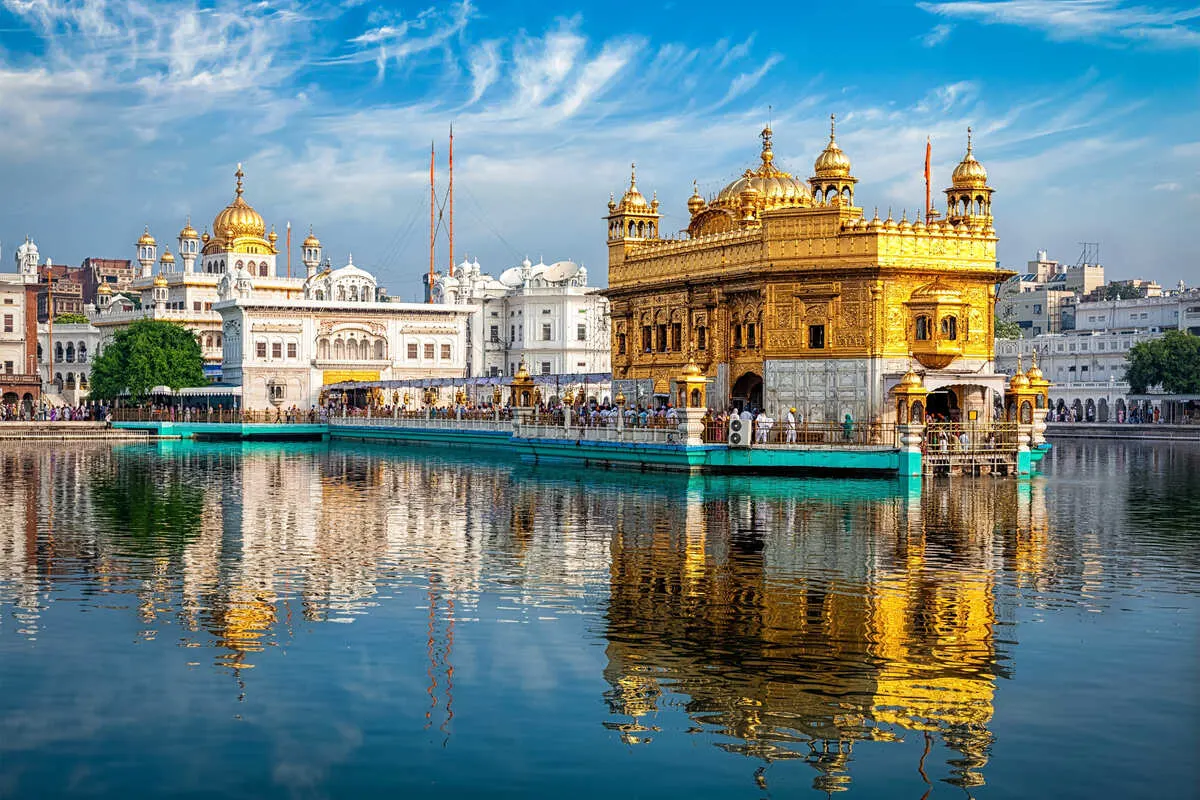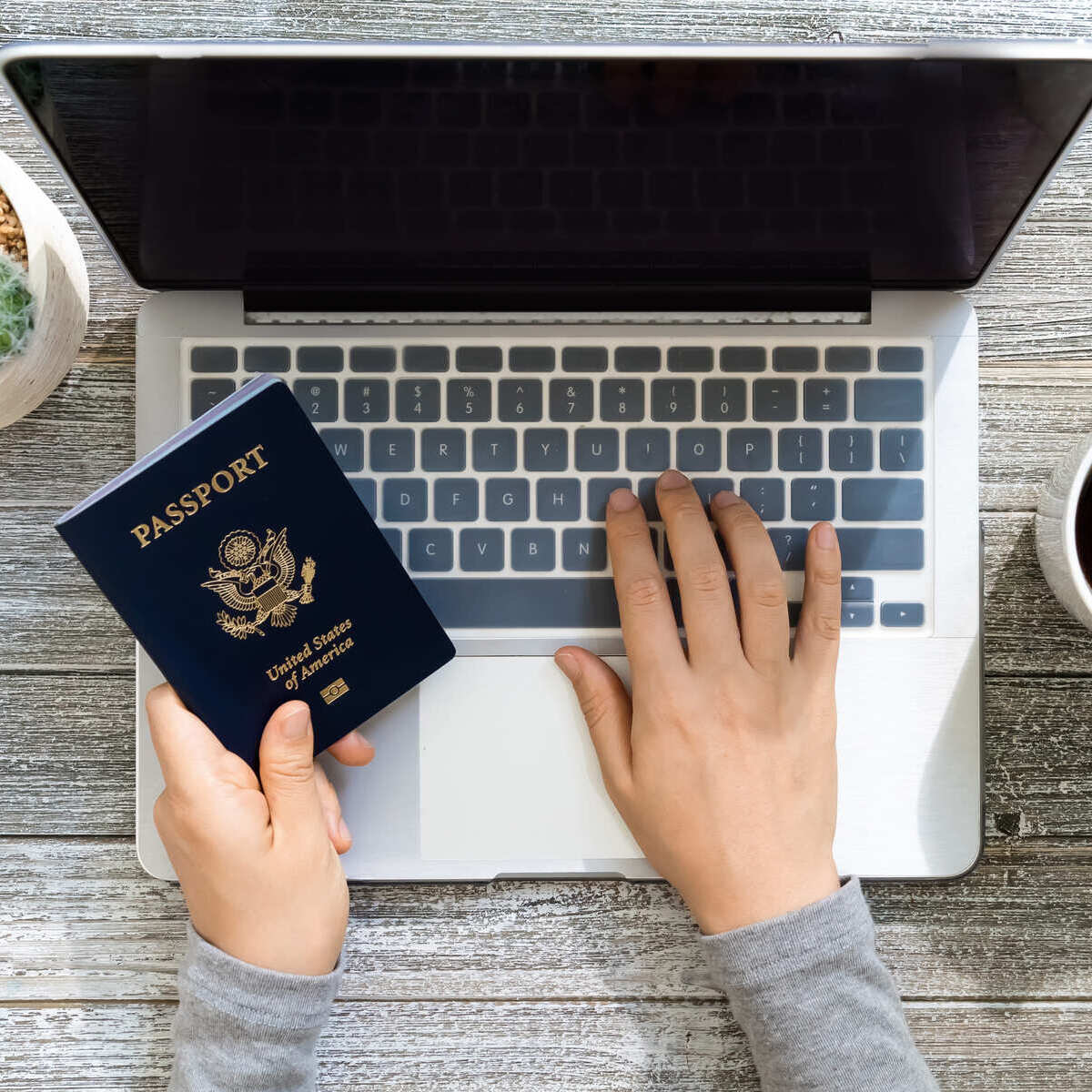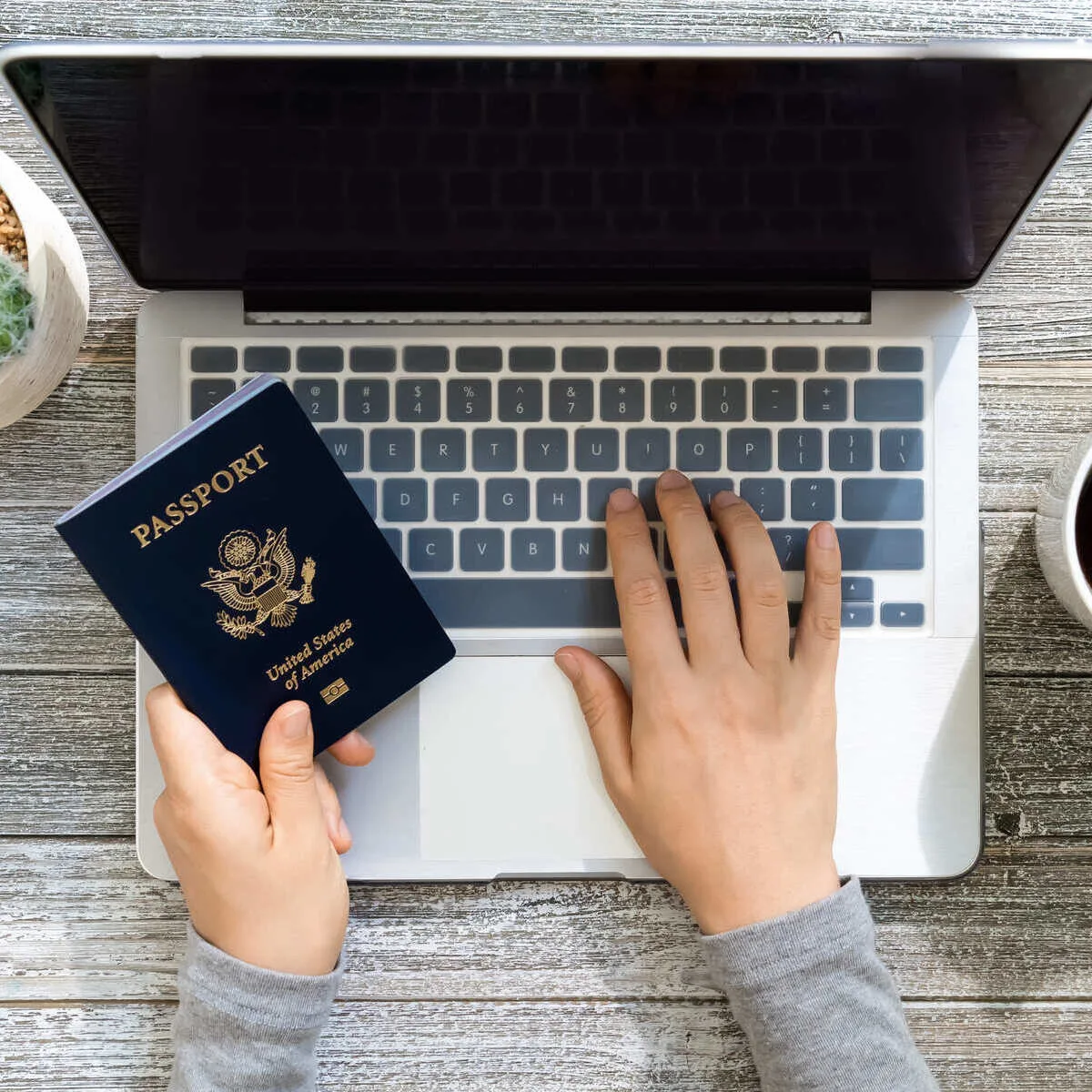
Jumping on a bandwagon that’s swept across the travel landscape, India is the latest to announce it will introduce digital entry forms as part of their mandatory border procedures.
As reported by VisasNews, one of the leading and most reliable sources on entry requirements worldwide, the South Asian destination is preparing to eliminate paper forms and launch a new online registration system this October.
This means holding a valid passport and a valid Indian visa is no longer all you need in order to travel. Here’s what’s expected to take place at Indian airports this fall, and what the new border rules are:


What’s Changing For Travelers Entering India This Fall?
2025 has been an unusual year.
From new digital visas imposed on Americans traveling to some of their favorite destinations, like the U.K. and Saint Kitts and Nevis, to the rollout of the Europe-wide EES, which will see them get fingerprinted upon arrival, it’s definitely a much more complex world to navigate as a traveler than before.
Now, it’s India’s turn to join in on the trend, as they confirm the planned release of a new ‘e-Arrival Card’. This is different from the Indian e-Visa Americans must apply for before flying, yet it will be just as mandatory.


For decades, India’s Ministry of Home Affairs has instructed airlines bound for India to distribute paper disembarkation forms to travelers prior to their arrival. These would need to be filled out on the plane or in the immigration hall before speaking to a border agent.
Travelers were required to include key personal details, such as their full names and passport numbers, and the purpose of their visit and temporary address in India.
Starting October 2025, this paper form will start being gradually replaced by the e-Arrival Card, which is aimed at streamlining border control and reducing unnecessary delays at immigration counters.
How To Get The Indian e-Arrival Card


An online portal for the new procedure has already been launched, at indianvisaonline.gov.in/earrival, and travelers flying to India on, or after October 1, 2025 are advised to complete the form through the official link.
They won’t exactly be denied boarding if they don’t have an e-Arrival Card in hand at the check-in desk—this is different from the Indian e-Visa, which you absolutely need to get approved weeks prior to flying—but it will take them a lot longer to submit the information upon arrival.
In other words, they will get held up at the Indian border until their e-Arrival Card is submitted and approved, and knowing how these digital forms work, and how they don’t work at times, you could be there for several long minutes, or even hours.
Piece of advice? Don’t leave it until the very last minute.


How Does The e-Arrival Card Work?
Here’s how it will work:
Within five days of your planned arrival to India, you will be eligible to apply for the e-Arrival Card. On the official website, you’ll be asked to submit the following data:
- Full name
- Nationality
- Passport number
- Purpose of visit (for most Americans, this would be ‘toruism’)
- Date of arrival in India
- Countries visited in the last 6 days
- Address in India (if staying across multiple addresses, including one address is usually fine)
- Email address
- Contact number
- Emergency contact number


Once the application is submitted, you’ll get a confirmation email (we still don’t know at this point whether it includes a QR code, or not).
More likely than not, you will need to present this confirmation, along with your Indian e-Visa for tourism, or another type of Indian visa, and your valid passport at the border.
For the moment, the e-Arrival Card is in its ‘beta version’. This means it is intended only for ‘testing’ right now, so completing it is not mandatory.
Checklist For Traveling To India
If you’re flying to India in the near future, here’s the checklist of entry requirements applying to U.S. passport holders:


Decide Which Visa To Get
- e-Visa: the best one for short trips (up to 60 days)
- Regular visa: for stays longer than 60 days
The e-Visa can be easily obtained online, and you are not required to surrender your passport to get the visa issued, whereas the regular visa is more complicated.
When applying through a facilitator such as VSF Global, you’ll need to submit your application either via mail or in-person, and ship your passport to the nearest Indian Consulate to receive your visa.
Getting The e-Visa (The Simplest Option)
- Visit the Official Indian e-Visa Portal
- Fill out the online applicaiton form
- Upload a passport photo
- Pay the visa fee ($25–$80 depending on visa type and duration)
- Wait for the visa confirmation (it usually arrives within 2–4 business days)
Your passport must be valid for 6+ months from the date of arrival in India, and it needs at least two blank pages.


On Arrival
- Present your passport
- e-Visa approval
- Proof of return or onward flight ticket (if required by border agents)
- Your new e-Arrival Card once fully implemented
You can also keep up with the ever-evolving travel rules enacted by countries globally by using our free-to-use TOP Entry Requirement Checker.
Just type in the name of your destination, and we’ll sort out the document checklist for ya.
Vinicius Costa
Vini, our senior lead writer at Travel Off Path, has over 60+ countries under his belt (and currently weaving tales from Paris!), and a knack for turning off-the-beaten-path experiences into informative stories that will have you packing your bags.
The Travel Off Path Advantage: Your Travel Toolkit
Subscribe To Our Latest Posts
Enter your email address to subscribe to Travel Off Path’s latest breaking travel news, straight to your inbox.
Please visit:
Our Sponsor
